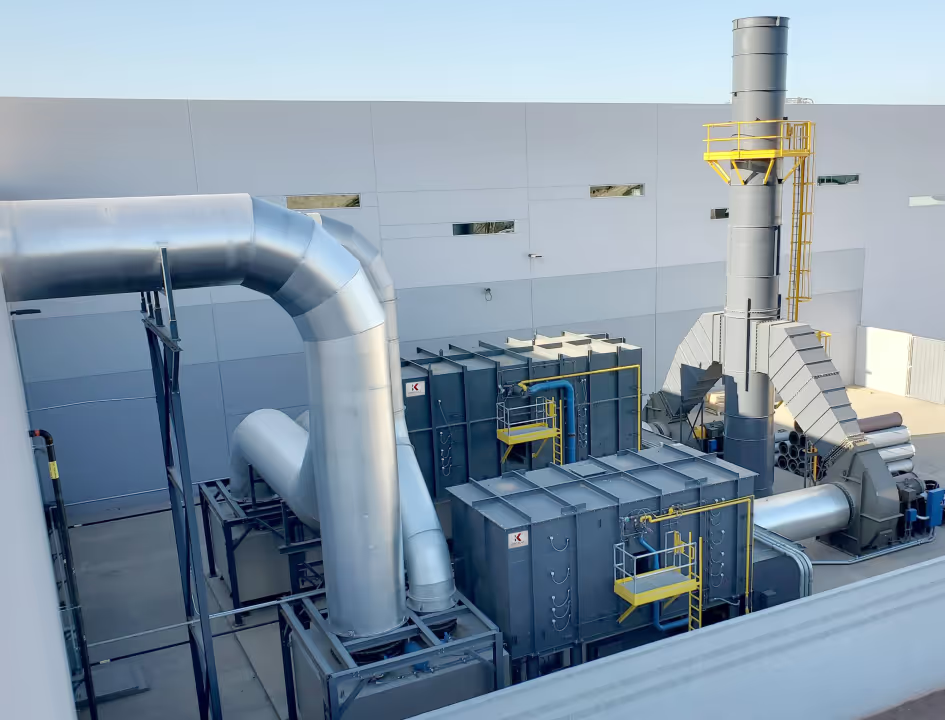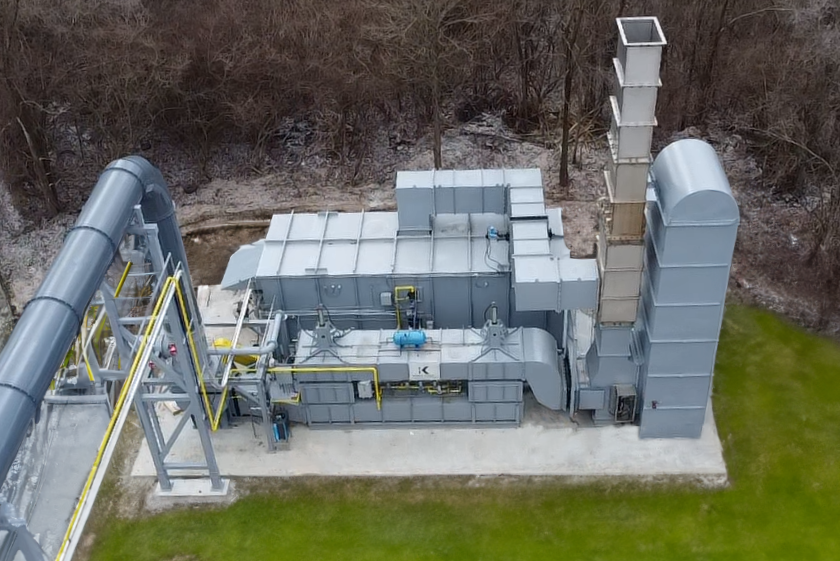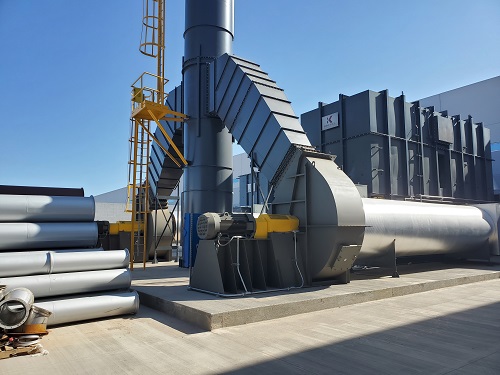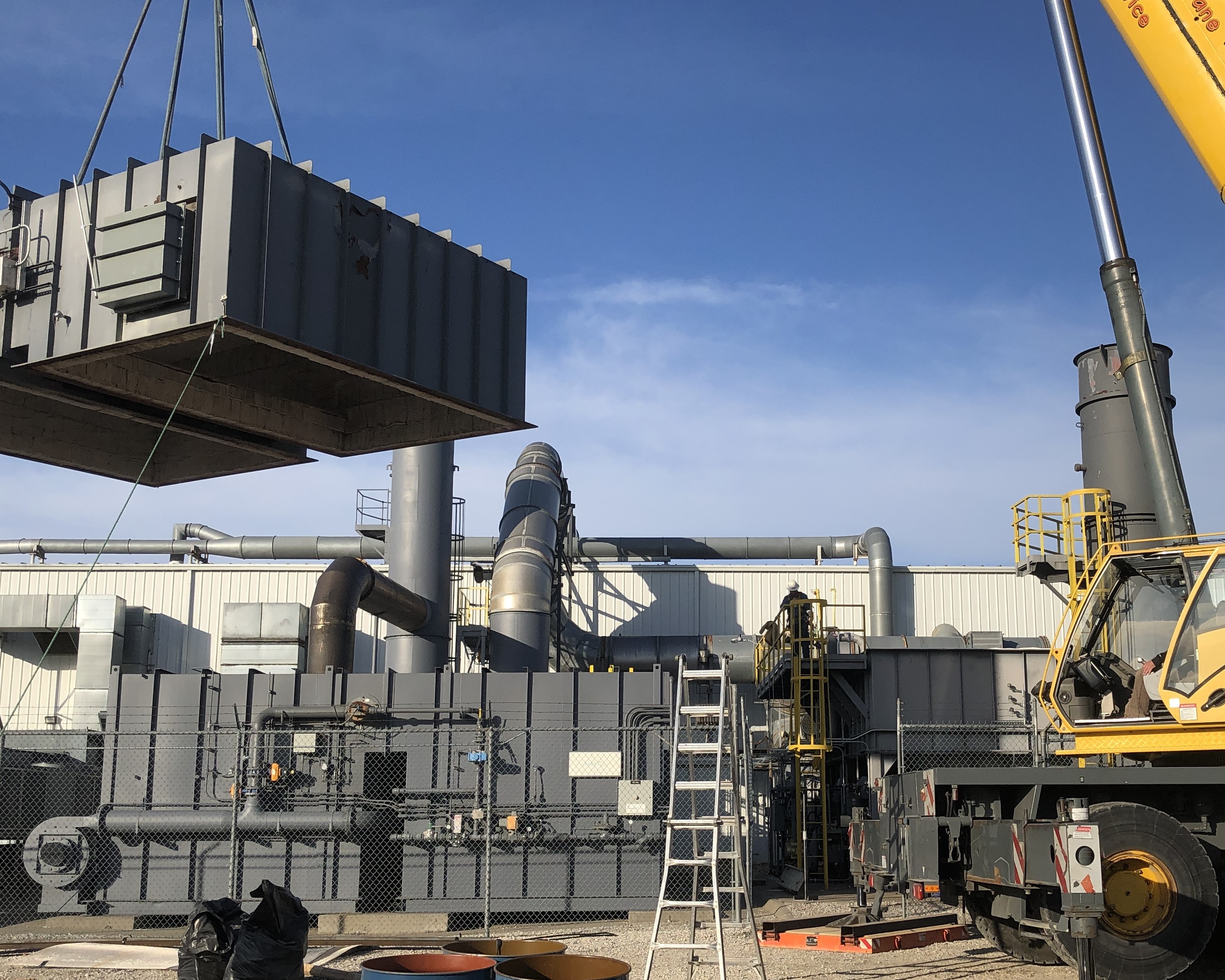Regenerative Thermal Oxidizers (RTO)

A regenerative thermal oxidizer (RTO) is an air pollution control device that destroys VOCs and hazardous air pollutants (HAPs) in industrial exhaust air. By using regenerative heat recovery, it achieves high fuel efficiency, often operating with 95% heat recovery.
RTO Case Studies
RTO Operation
Maintaining an RTO
Selecting an RTO
FAQs
Clean process airstreams with high air flow and low VOC content (<10% LFL) are ideal applications. Higher VOC concentrations can be tolerated, as well as organic/inorganic particulates with proper planning and design, and possibly filters. See our case studies for a sample of possible applications.
The term “regenerative” in regenerative thermal oxidizer (RTO) is drawn from the type of ceramic media heat exchanger used in these systems. It is unique in that it captures heat from the exhausting, clean airstream during one cycle and releases the heat to the incoming, dirty airstream in the next cycle. The heat is captured (and released) from beds of ceramic media. The RTO incorporates switching valves to cycle the direction of the airflow through the RTO heat exchanger beds to enable regenerative heat recovery.
Using a bake-out feature can help prevent and remove organic compound buildup in the ceramic media, reducing the risk of plugging and maintaining efficient operation. A preheater or recirculatioin loop are also possible mitigation methods.
Sources of plugging in ceramic media in an RTO can come from inorganic or organics contaminants including oils, fats, greases, paint solids, semi-conductor fabrication (hexamethyl disilzane; HMDS), VOCs containing silica or silicones, and siloxanes.
Hotspots typically result from damaged or missing insulation or compromised metal surfaces that allow heat to escape. KKI has experienced fabricators and insulators who can repair your oxidizer. This may involve replacing damaged metal to provide a secure base for reattaching insulation modules and restoring proper thermal protection.
Request A Quote
You can also call Buster at 920-309-0725 or send us an email.



